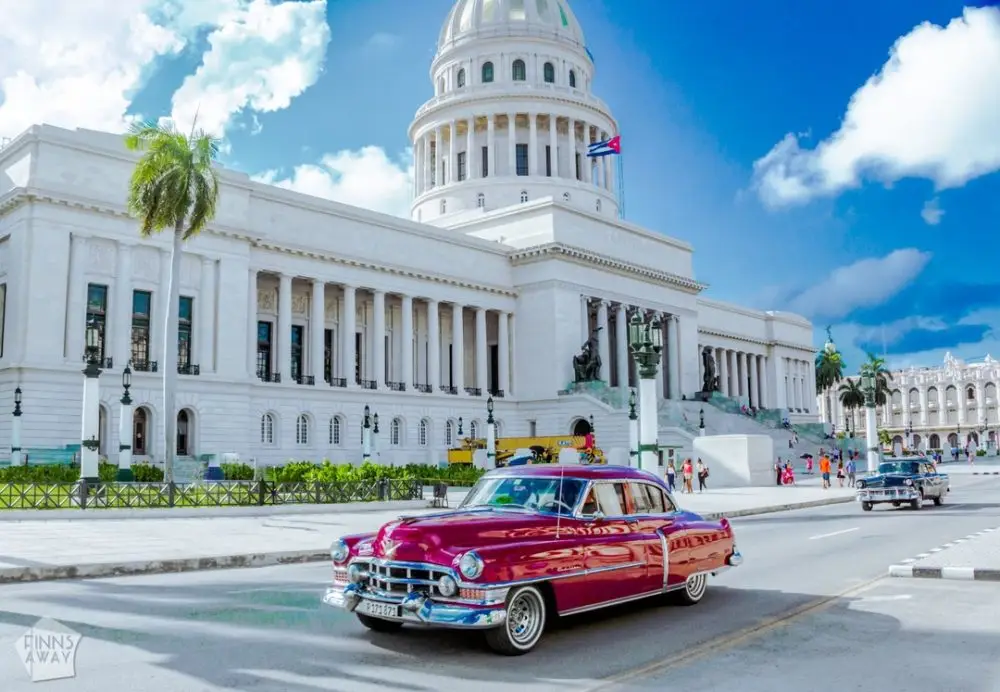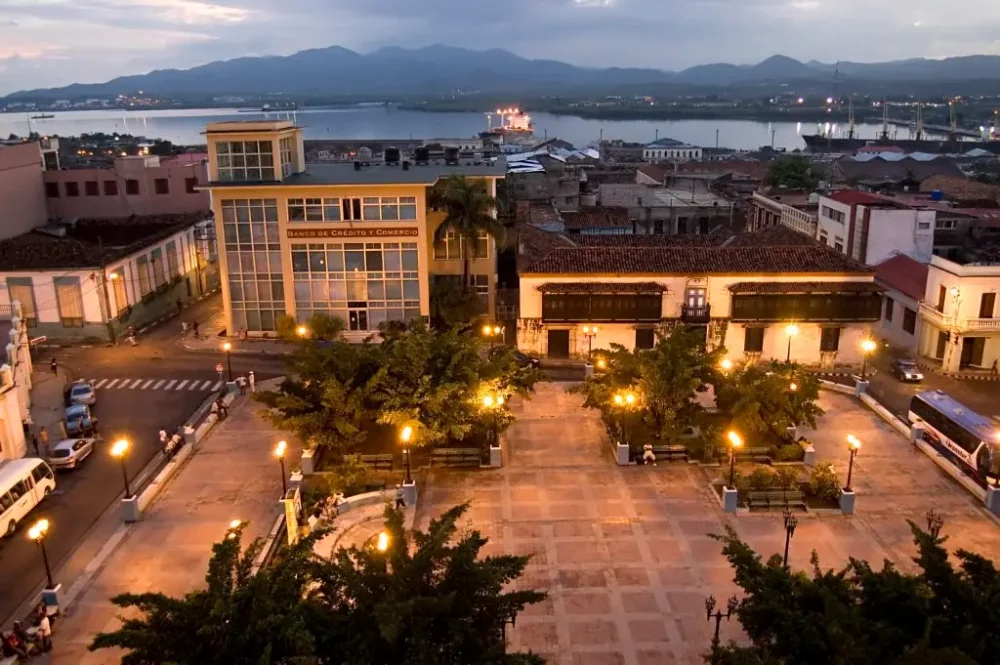The Cuban resort of Varadero has long been a symbol of white sandy beaches, warm Caribbean Sea, and leisurely relaxation in an atmosphere of tropical tranquility. For many tourists, choosing the accommodation category becomes an important decision. Varadero hotels offer the perfect balance between quality 4-star service and reasonable expenses. This format allows you to enjoy comfort and high-level infrastructure without having to overpay for premium-class locations.
What to Expect from a Vacation in Varadero: Resort Features
Varadero stretches along the Atlantic coast for over 20 kilometers. Each resort has direct access to the beach, making a stay in Varadero particularly attractive for those who value easy access to the sea.

Rooms in 4-star Varadero hotels typically offer a basic set of amenities: air conditioning, balcony, safe, minibar. Almost everywhere operates an all-inclusive system, which is convenient for those who do not want to spend time searching for cafes. The level of comfort allows for a full-fledged vacation even with children or elderly parents.
Top 7 Four-Star Hotels in Varadero: Comfort Verified by Reviews
Each hotel in the selection has undergone renovation in recent years, which allows for a fresh interior, updated plumbing, and maintaining a high level of comfort. Many have pools, sports facilities, entertainment, and equipment rental for active recreation.
Iberostar Bella Costa — Traditional Comfort with Ocean Views
Iberostar Bella Costa is located in the central part of the resort and stands out for its convenient location: nearby are shops, souvenir shops, and public transport stops. The all-inclusive system works seamlessly, and the dishes in the main restaurant vary daily. The staff is friendly and tries to address any issues promptly. According to reviews, it is convenient to come here both as a couple and as a family.
Roc Arenas Doradas — Cozy Atmosphere and Spacious Rooms
For those wondering where to stay in Varadero, Roc Arenas Doradas will be a good choice. Spacious grounds, green alleys, plenty of shade, quality service, and stable meals — everything needed for a leisurely vacation. The distance to the resort center is about 10 minutes by car. Among 4-star Varadero hotels, this option rightfully receives positive reviews for comfort, cozy atmosphere, and thoughtful infrastructure.
Sol Palmeras — Time-Tested Traditions
Sol Palmeras is one of the most popular budget-friendly options in Cuba. The hotel offers a wide range of activities: tennis, aerobics, evening shows, and the possibility to rent a car on-site. The rooms are bright and regularly cleaned. The beach is well-maintained, with easy access to the water, free of rocks and seaweed.
Starfish Varadero — Beach Relaxation without the Hustle
Starfish is the choice for those who value tranquility and a beach with direct access. The building is low-rise, with most rooms overlooking the ocean. Reviews often mention the politeness of the staff, quality cleaning, and variety of drinks in the bars. Among 4-star Varadero hotels, Starfish stands out for its atmosphere of seclusion and harmony with nature — an ideal option for those seeking a peaceful vacation to the sound of the waves.
Be Live Experience Turquesa — For Those Who Appreciate Seclusion
Located in a quiet area, it is suitable for those seeking privacy. Here, there is minimal noise, maximum greenery, and a soft relaxation atmosphere. The food is balanced, and the alcoholic drinks are of decent quality. According to reviews, the staff is responsive and tries to help with any difficulties. One of the strong points is the beach, wide and clean, with sun loungers and shaded areas.
Memories Varadero Beach Resort — Variety for Active Tourists
Memories is a large complex with several restaurants, pools, a water bar, and a children’s playground. In the evenings, there are shows, and during the day, animators work, making the stay active and diverse. The complex is particularly popular among those choosing 4-star Varadero hotels: in terms of value for money, it is considered one of the best offers in its segment and is ideal for family vacations or trips with friends.
Playa Caleta and Brisas del Caribe — Worthy Representatives of Classic Style
Both options have a long history and, despite their age, are well-maintained. Regular renovations, polite staff, attention to detail, and convenient location make them a reliable choice for repeat visits. Guests appreciate the easy access to the sea, soft sand, and the opportunity for water sports.
Advantages of Staying in 4-Star Hotels in Varadero
Choosing accommodation in the four-star category implies a certain level of comfort. The main advantages are listed below:
- high level of service at a moderate price;
- optimal balance between coziness and affordability;
- availability of entertainment programs and sports facilities;
- sufficient variety of dishes for breakfast, lunch, and dinner;
- proximity to the main attractions of the resort;
- suitable atmosphere for families, couples, and groups;
- variety of beach and excursion opportunities;
- reliable reviews on popular tourist platforms;
- transparent booking system with fixed conditions;
- opportunity to combine tourism with beach relaxation.
This format is chosen by those who want a predictable vacation, avoiding inflated expenses typical of higher categories. That’s why 4-star Varadero hotels continue to enjoy stable demand.
What to Consider When Choosing a Hotel?
To ensure a pleasant trip, pay attention to key factors that affect the overall quality of stay:

- date of the last renovation and room condition;
- distance from the center or main points of interest;
- reliability of air conditioning and plumbing;
- quality of drinks and snacks in the all-inclusive system;
- availability of Wi-Fi and internet speed in common areas;
- professionalism and politeness of the staff;
- width of the beach area and cleanliness of the water entrance;
- cleaning schedule and towel change;
- availability of shops and pharmacies nearby;
- level of noise in rooms at full capacity.
This check helps avoid disappointments and choose an option that truly meets expectations.
Conclusion
By choosing 4-star hotels in Varadero, tourists get thoughtful comfort without extravagance, quality service, a favorable price, and an atmosphere of relaxation in Cuba where it’s easy to forget about the hustle and bustle. The Cuban resort does not disappoint those who can combine practicality and aesthetics. A careful approach to choosing helps avoid surprises and turn the trip into a pleasant memory. In 2025, this format continues to remain relevant for those who want to get the most out of their vacation.
 en
en  ar
ar  de
de  es
es  fr
fr  nl
nl  hi
hi  it
it  pt
pt  el
el 



